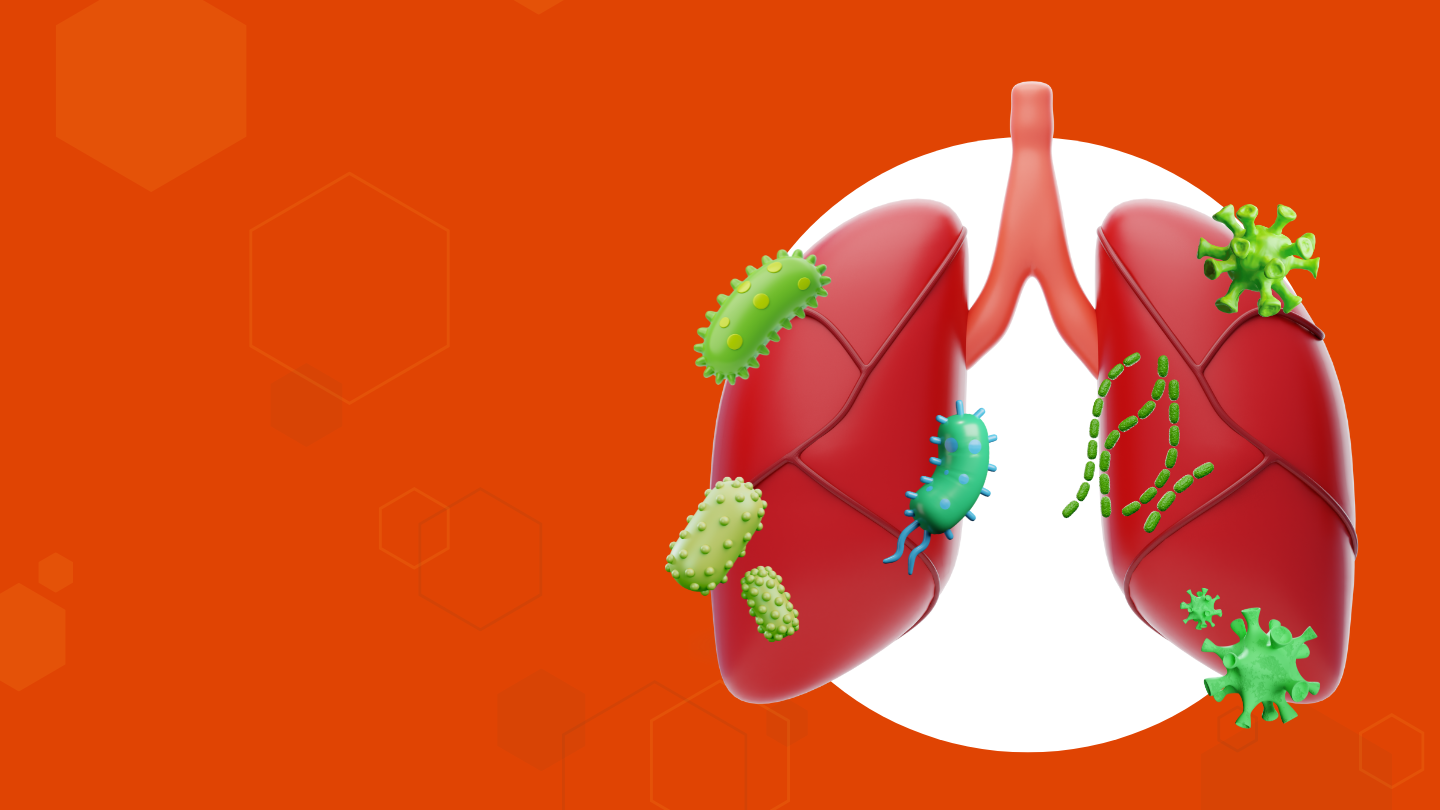20 de May de 2025
Bronchiectasis: Keys to improving diagnosis and treatment

Bronchiectasis is a complex respiratory disease that requires careful evaluation and personalized treatment. This condition is often confused with COPD or asthma, and is characterized by an irreversible deterioration of the airways, leading to mucus retention and the recurrent appearance of respiratory infections. Many people ask if you can live well with bronchiectasis; the answer is yes, with the right therapeutic approach and expert follow-up.
What is bronchiectasis?
Bronchiectasis involves the permanent dilation of the bronchi, promoting mucus accumulation and increasing the risk of chronic infections. This structural change may result from past lung infections, chronic inflammation, or immune system dysfunction. A precise diagnosis requires differentiating bronchiectasis from other respiratory conditions and identifying the specific cause.
“Bronchiectasis involves permanent dilation of the bronchi, leading to mucus accumulation and increased risk of chronic infections, which makes differential evaluation essential for an accurate diagnosis.”
Prof. Antoni Torres, pulmonologist and bronchiectasis expert
Causes of bronchiectasis
It is essential to identify the underlying cause of bronchiectasis in order to optimize treatment and prevent disease progression. The causes of bronchiectasis are varied and may include:
- Severe respiratory infections: Lung infections such as pneumonia, tuberculosis, or recurrent bacterial infections can damage bronchial structures and trigger inflammation.
- Congenital diseases: Disorders like cystic fibrosis can cause chronic airway damage, contributing to the development of bronchiectasis.
- Immune disorders: Immune deficiencies or dysfunctions may lead to recurrent infections, progressively affecting the bronchi.
- Bronchial obstructions: Tumors, foreign body aspiration, or other blockages can prevent normal mucus drainage.
- Chronic allergic reactions: These may cause persistent inflammation and bronchial wall damage, promoting the formation of bronchiectasis.
In many cases, the cause is idiopathic (unknown), which highlights the importance of a thorough diagnostic evaluation.
Imaging diagnosis (CT scan) and microbiological assessment
Bronchiectasis diagnosis relies heavily on a chest CT scan, which is the gold standard for identifying structural airway abnormalities (bronchiectasis CT scan). It provides precise two- or three-dimensional images. Alongside imaging, a detailed microbiological analysis is essential for detecting pathogens and guiding treatment. This dual approach allows for both preventive measures and personalized bronchiectasis treatment.
Treatment for bronchiectasis
Bronchiectasis treatment must be individualized, depending on the type of bronchiectasis, main symptoms (such as fatigue), and identified pathogens. One major challenge in bronchiectasis therapy is the responsible use of antibiotics. A tailored antibiotic strategy helps prevent bacterial resistance and improves outcomes. Respiratory physiotherapy and pulmonary rehabilitation programs, including exercises for people with bronchiectasis, can also be effective.
How to sleep with bronchiectasis?
People living with bronchiectasis often experience difficulties resting at night. Knowing how to sleep with bronchiectasis includes adopting postures that promote mucus drainage, staying well hydrated, and maintaining a nightly airway clearance routine. These strategies help reduce nighttime coughing and improve sleep quality.
Bronchiectasis: life expectancy and quality of life
Thanks to medical advances, the life expectancy of people with bronchiectasis is generally normal, especially when the disease is diagnosed early and managed appropriately. With a multidisciplinary approach and regular monitoring, maintaining a good quality of life is achievable.
Why choose barnaclínic+ for bronchiectasis treatment?
At barnaclínic+, we have a team of bronchiectasis specialists who have developed a personalized model for diagnosis and treatment, standing out for:
- Detailed microbiological assessment: Together with bronchiectasis CT diagnosis, we conduct thorough microbiological analyses to identify the type of bronchiectasis and ensure accurate pathogen detection for targeted therapy.
- Rational antibiotic use: We apply innovative protocols to manage antibiotics carefully, helping prevent bacterial resistance and improving clinical results.
- Multidisciplinary approach: By combining cutting-edge imaging technologies (bronchiectasis CT scan) with expert clinical care, we provide benchmark-level assistance in pulmonology.
Prof. Antoni Torres, bronchiectasis expert, responds: This commitment to excellence and innovation in bronchiectasis treatment defines the barnaclínic+ care model.
“Innovation in the treatment of bronchiectasis has been key to transforming our therapeutic approach, ensuring safer and more personalized care for every patient.”
Prof. Antoni Torres, pulmonologist and bronchiectasis expert


